Dance, dance, dance – the rhythm is infectious, but do you ever stop to wonder who’s behind the vocals of your favorite dance anthems? At ten-dance.com, we delve deep into the world of dance music, uncovering the vocalists, producers, and stories that make these tracks so unforgettable. From disco classics to modern house bangers, we’ll explore the artistry behind the music that moves us. Let’s dive into the world of electronic dance music (EDM), and uncover the song’s origins!
1. What Defines a Dance Song?
A dance song, simply put, is any song that inspires movement. While this definition is broad, encompassing genres from The Beatles to Slayer, within “dance music culture,” it signifies something more specific. It is a genre encompassing music created for nightclubs, raves, and festivals. Dance music culture encompasses disco, house, techno, drum and bass, and their numerous subgenres. It’s a constantly evolving world with a rich history.
2. What are the Key Eras in Dance Music History?
The history of dance music can be traced through several key eras:
- Mid-1970s: The rise of disco, pioneered by artists like Donna Summer.
- Early 1980s: Emergence of club sounds like electro and Latin freestyle.
- Mid-1980s: The re-engineering of disco into house music in Chicago and techno in Detroit.
- 1990s: The rave explosion, giving rise to jungle, trance, gabba, and garage.
- 2000s: The EDM and dubstep boom.
These eras have seen countless artists contribute to the ever-evolving sound of dance music.
3. What Makes a Dance Song a Classic?
Timeless dance songs transcend their specific subgenres and resonate with a wider audience. They represent moments where dance music intersects with other musical worlds, like synth-pop, hip-hop, funk, Miami bass, R&B, indie-rock, Latin music, and pop. This crossover appeal is what elevates a dance track to classic status.
4. What Role Does ten-dance.com Play in the Dance Music Scene?
Ten-dance.com aims to be your guide to the world of dance music. We explore the history, evolution, and key artists behind the genre. Our goal is to connect you with the music you love and provide insights into the creative process.
5. Who Sang Donna Summer’s “Last Dance”?
The iconic disco anthem “Last Dance” was sung by the “Queen of Disco” herself, Donna Summer. Released in 1978, the song won an Academy Award for Best Original Song, cementing Summer’s status as a dance music legend. According to research from the Berklee College of Music, Donna Summer defined an era of music.
6. What is the Story Behind Fatboy Slim’s “The Rockafeller Skank”?
“The Rockafeller Skank” is a high-energy track by British DJ Fatboy Slim, released in 1998. It’s known for its catchy surf-rock riff and a vocal sample from Lord Finesse (“Right about now, the funk soul brother”). The song’s infectious energy made it a global hit, though Fatboy Slim himself jokingly referred to it as an anthem for a “beer-boyish mentality.”
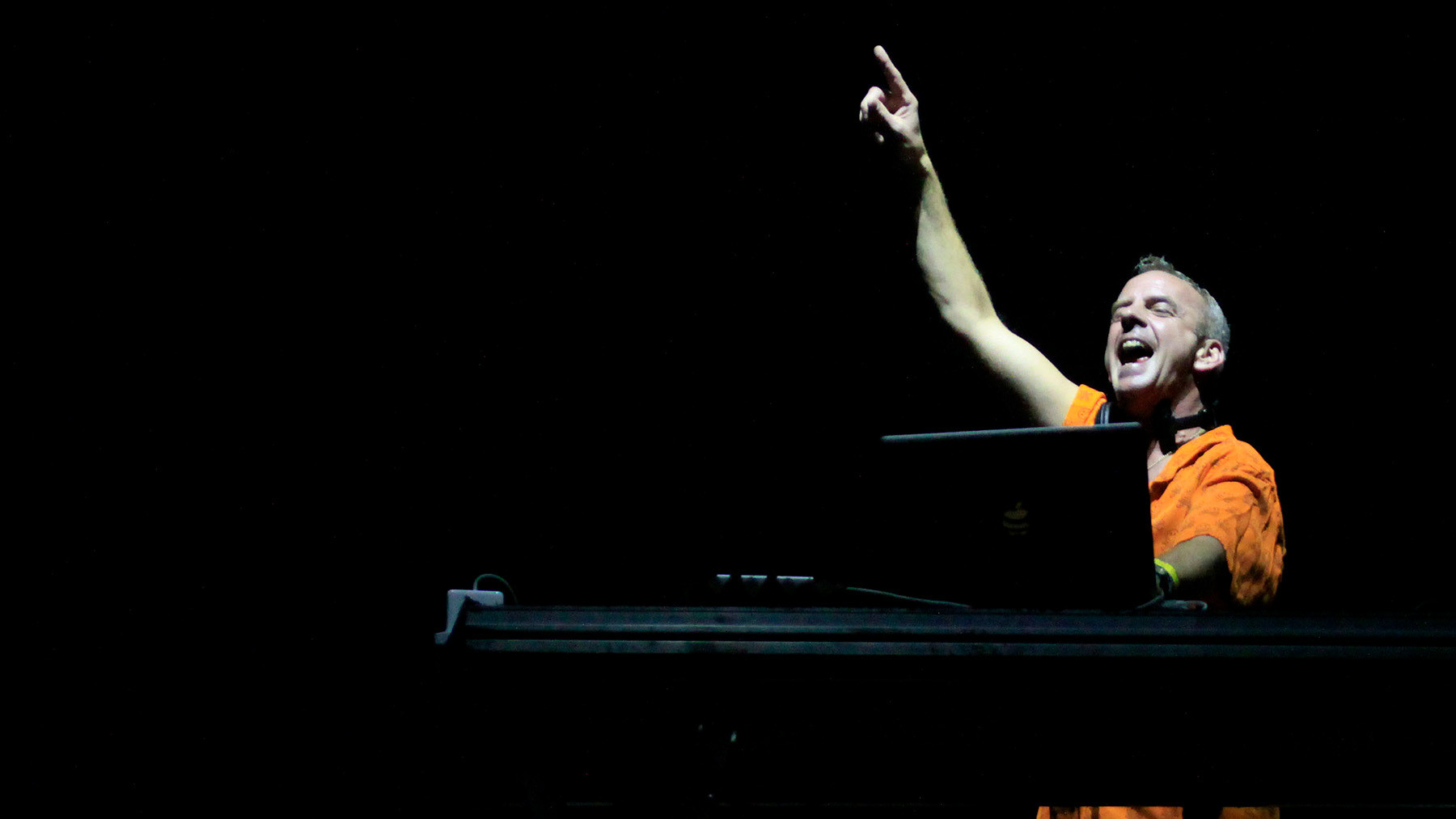 British DJ Fatboy Slim performs a concert at the Pop Music Festival, held at the parking lot of the Federation of Industries of Rio Grande do Sul, in northern Porto Alegre, southern Brazil, on March 15, 2011. Photo: WESLEY SANTOS/AE/AE (Agencia Estado via AP Images)
British DJ Fatboy Slim performs a concert at the Pop Music Festival, held at the parking lot of the Federation of Industries of Rio Grande do Sul, in northern Porto Alegre, southern Brazil, on March 15, 2011. Photo: WESLEY SANTOS/AE/AE (Agencia Estado via AP Images)
7. What is the Significance of Mescalinum United’s “We Have Arrived”?
“We Have Arrived” by Mescalinum United (aka Marc Acardipane) is considered a foundational track of the “gabber” subgenre of techno. Its crushing drums and air-raid noises create an intense and chaotic atmosphere, making it a popular choice for moshing at raves.
8. Who Created Oliver Heldens’ “Melody”?
“Melody” is a 2016 track by Dutch producer Oliver Heldens. Its dramatic string swirls and piano line marked a shift away from the brute-force build-and-drop dynamics that had dominated the dance market. The song showcases a more classic and melodic approach to dance music.
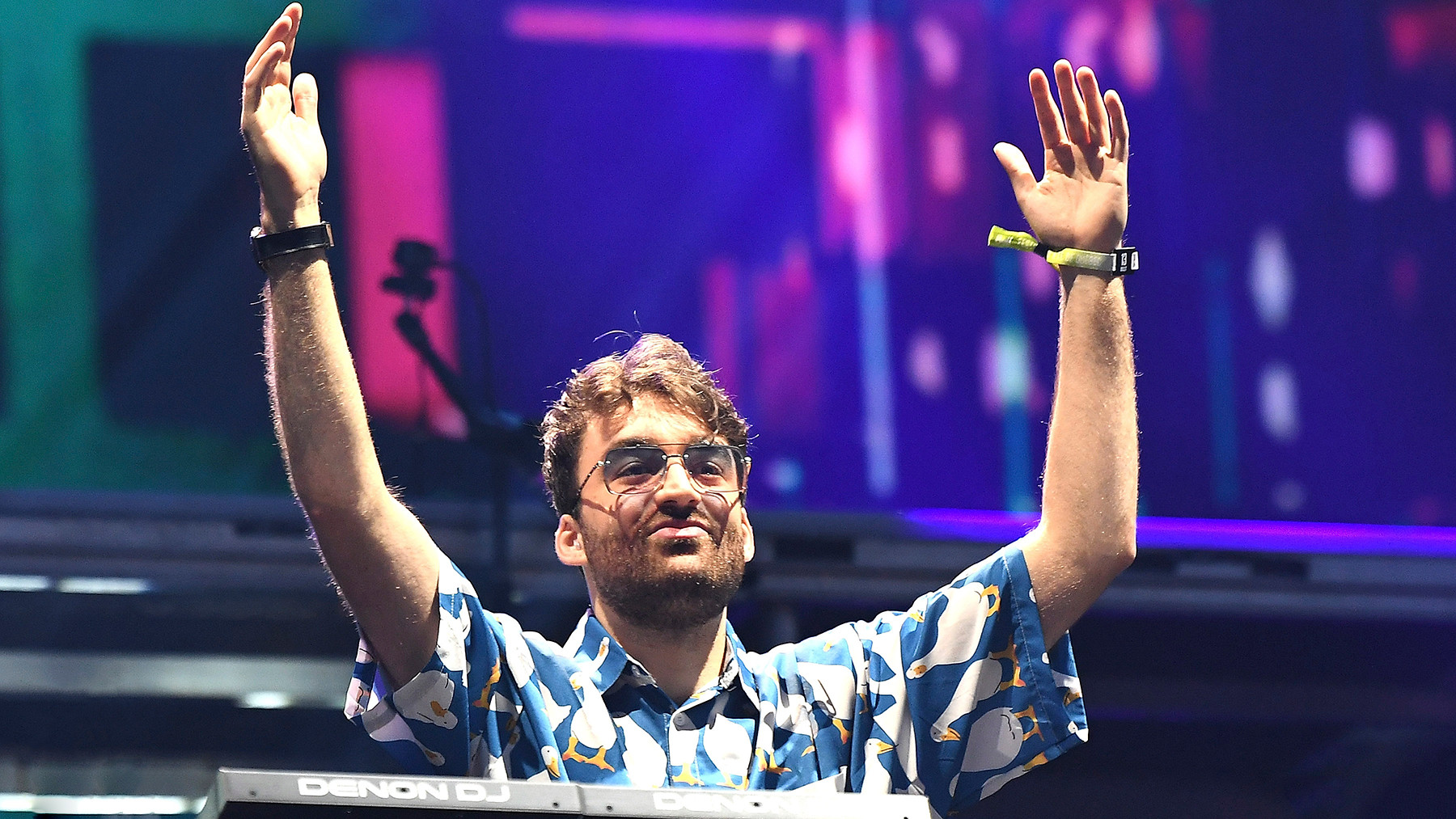 Oliver Heldens
Oliver Heldens
9. What Makes Kerri Chandler’s “Rain” So Soulful?
Kerri Chandler, a New Jersey house producer, is known for his soulful and deeply personal tracks. “Rain,” released in 1998, is a prime example, featuring Chandler’s own vocals expressing vulnerability and longing. The song’s melancholic lyrics, combined with its upbeat music, create a unique and emotionally resonant experience.
10. Who is Responsible for the Hilarious “Sandwiches” by Detroit Grand Pubahs?
“Sandwiches” is a quirky and humorous electro track by Detroit Grand Pubahs, released in 2000. The song features improvised lyrics by Paris the Black Fu, describing a sleazy dance-floor encounter. Its absurd and playful nature made it a global club hit.
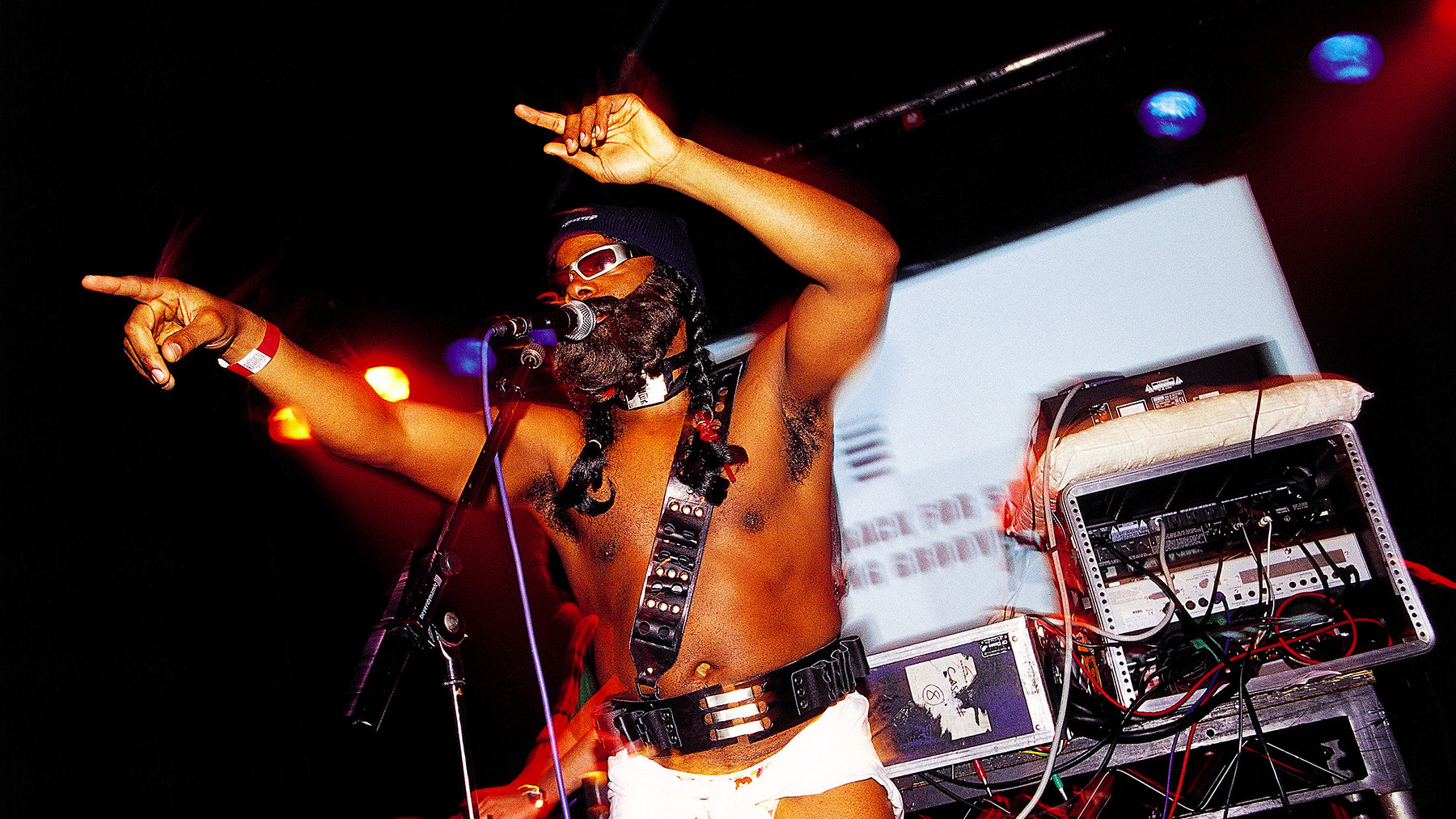 LONDON, ENGLAND – 2002: Mack Goudy Jr, aka Paris the Black Fu, of Detroit Grand Pubahs performs live at the ICA, circa 2002 in London, England. (Photo by Jim Dyson/Getty Images)
LONDON, ENGLAND – 2002: Mack Goudy Jr, aka Paris the Black Fu, of Detroit Grand Pubahs performs live at the ICA, circa 2002 in London, England. (Photo by Jim Dyson/Getty Images)
11. What is the Controversy Surrounding Black Box’s “Everybody Everybody”?
“Everybody Everybody” by Black Box was a massive hit in 1990, but its success was marred by controversy. Martha Wash of the Weather Girls sang the vocals for the track, but she was not credited, and a model was hired to mime her vocals in the music video. Wash sued and won, highlighting the ethical issues surrounding the use of uncredited vocalists in dance music.
12. Who is the Queen of Bounce Music, and What is Her Signature Song?
Big Freedia is widely recognized as the Queen of Bounce music, a high-energy, New Orleans-based club sound. Her signature song, “Azz Everywhere,” released in 2010, broke the sound wide, showcasing its infectious rhythms and call-and-response vocals.
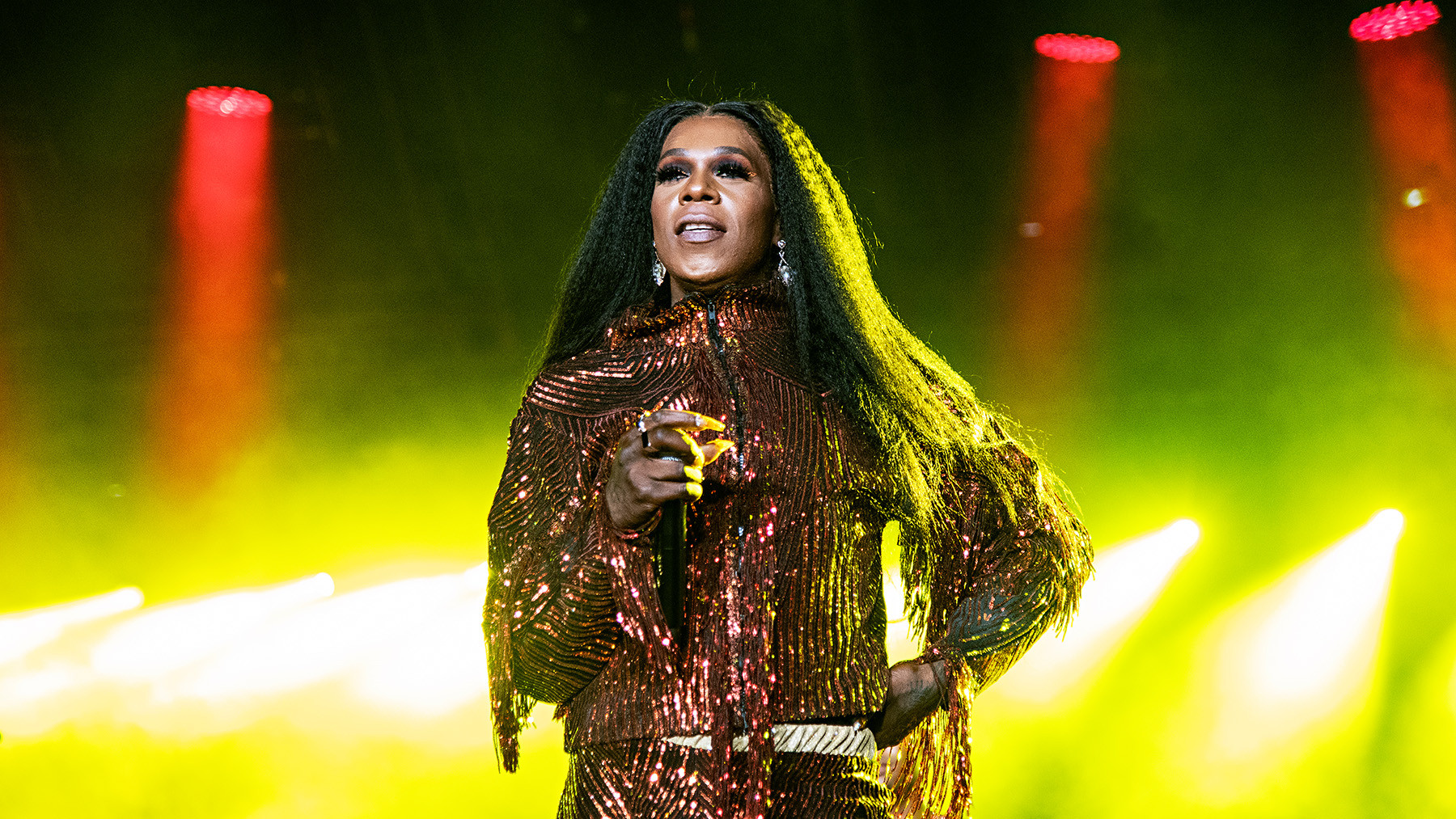 Big Freedia performs at the 2019 Essence Festival at the Mercedes-Benz Superdome, Sunday, July 7, 2019, in New Orleans. (Photo by Amy Harris/Invision/AP)
Big Freedia performs at the 2019 Essence Festival at the Mercedes-Benz Superdome, Sunday, July 7, 2019, in New Orleans. (Photo by Amy Harris/Invision/AP)
13. What Made Joy Orbison’s “Hyph Mngo” a Dubstep Sensation?
“Hyph Mngo” by Joy Orbison was a defining track of the late 2000s dubstep scene. Its smooth bass line, plastic-sounding synthesizers, and emotive vocal samples gave it a heart-tugging feel that was rare for dubstep, helping it cross over into the mainstream.
14. What is Unique About ESG’s “Moody”?
“Moody” by ESG (Emerald, Sapphire & Gold), released in 1981, is a unique blend of funk, disco, and post-punk influences. The Scroggins sisters from the South Bronx created a sparse sound with an emphasis on percussion, making them popular in both dance and alternative music circles.
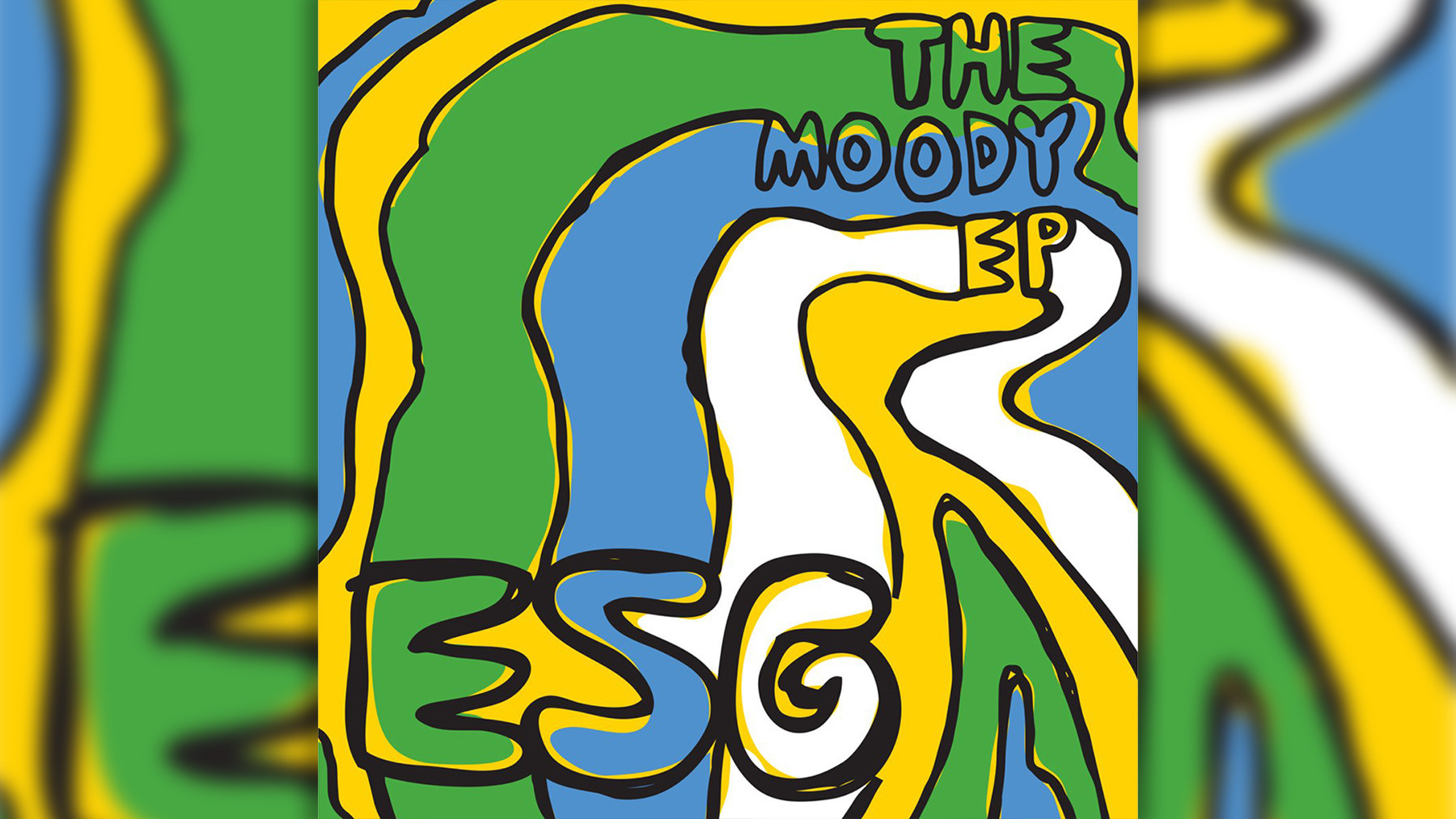 ESG Moody
ESG Moody
15. What Makes Skream’s Remix of La Roux’s “In for the Kill” So Special?
Skream’s remix of La Roux’s “In for the Kill” is widely considered to be superior to the original. La Roux herself credited Skream with capturing the “real meaning and atmosphere” of the song, transforming it into a tense and exhilarating drum-and-bass track.
16. How Did Double 99’s “RIP Groove” Impact UK Garage Music?
“RIP Groove” by Double 99, released in 1997, is a seminal track in the UK garage scene. It’s cannily constructed from samples and became one of the biggest tunes of the year, pushing UK garage (then dubbed “speed garage”) into the pop charts.
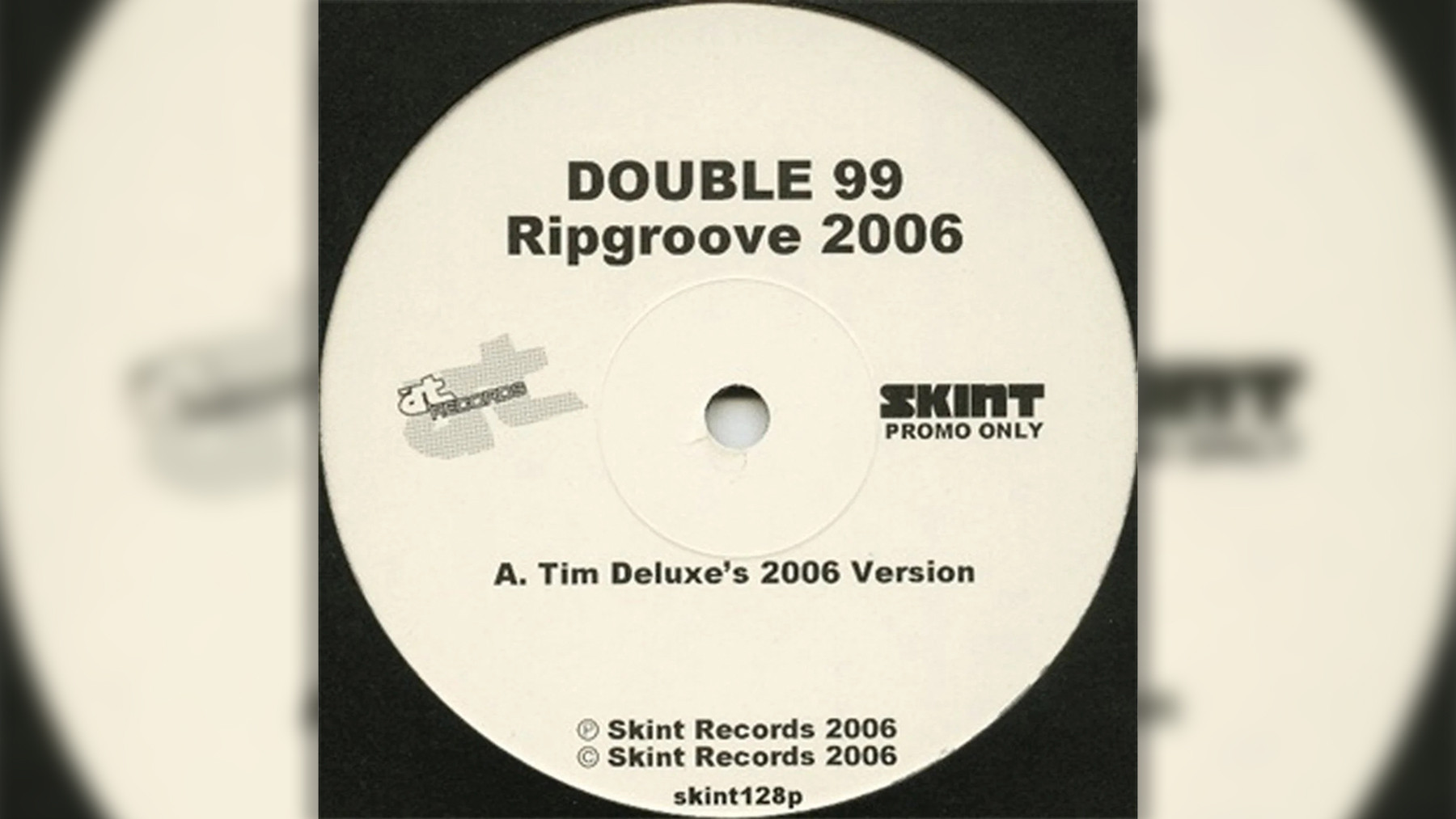 Double 99
Double 99
17. What is the Story Behind Snap!’s “The Power”?
“The Power” by Snap! is a classic example of a dance-music archetype. Two German producers sampled an American rapper (Chill Rob G) and an American R&B diva (Jocelyn Brown) to create a club hit. The song’s success led to numerous recuts and imitations, solidifying its influence on Europop.
18. What Makes DJ Frosty’s “Ride That Wave (Remix)” a Jersey Club Anthem?
“Ride That Wave (Remix)” by DJ Frosty featuring Fatman Scoop, DJ Webstar, Young B. & Smooth, is a prime example of Jersey club music. Its bristling, syncopated grooves, clipped vocal samples, and infectious energy capture the essence of the genre.
 DJ Frosty
DJ Frosty
19. What is Unique About Todd Terje’s “Inspector Norse”?
“Inspector Norse” by Norwegian nu-disco producer Todd Terje is made entirely from sounds generated by a vintage ARP synthesizer. Its amiably ambling beat and wiggly tune proved irresistible, making it a hit with both DJs and audiences.
20. How Did The Rapture’s “House of Jealous Lovers” Influence Dance-Punk?
“House of Jealous Lovers” by The Rapture is considered a pivotal track in the dance-punk movement of the early 2000s. Its combination of Gang of Four-style guitar slashing, maniacal vocals, and a danceable beat made it a hit in both rock and dance clubs.
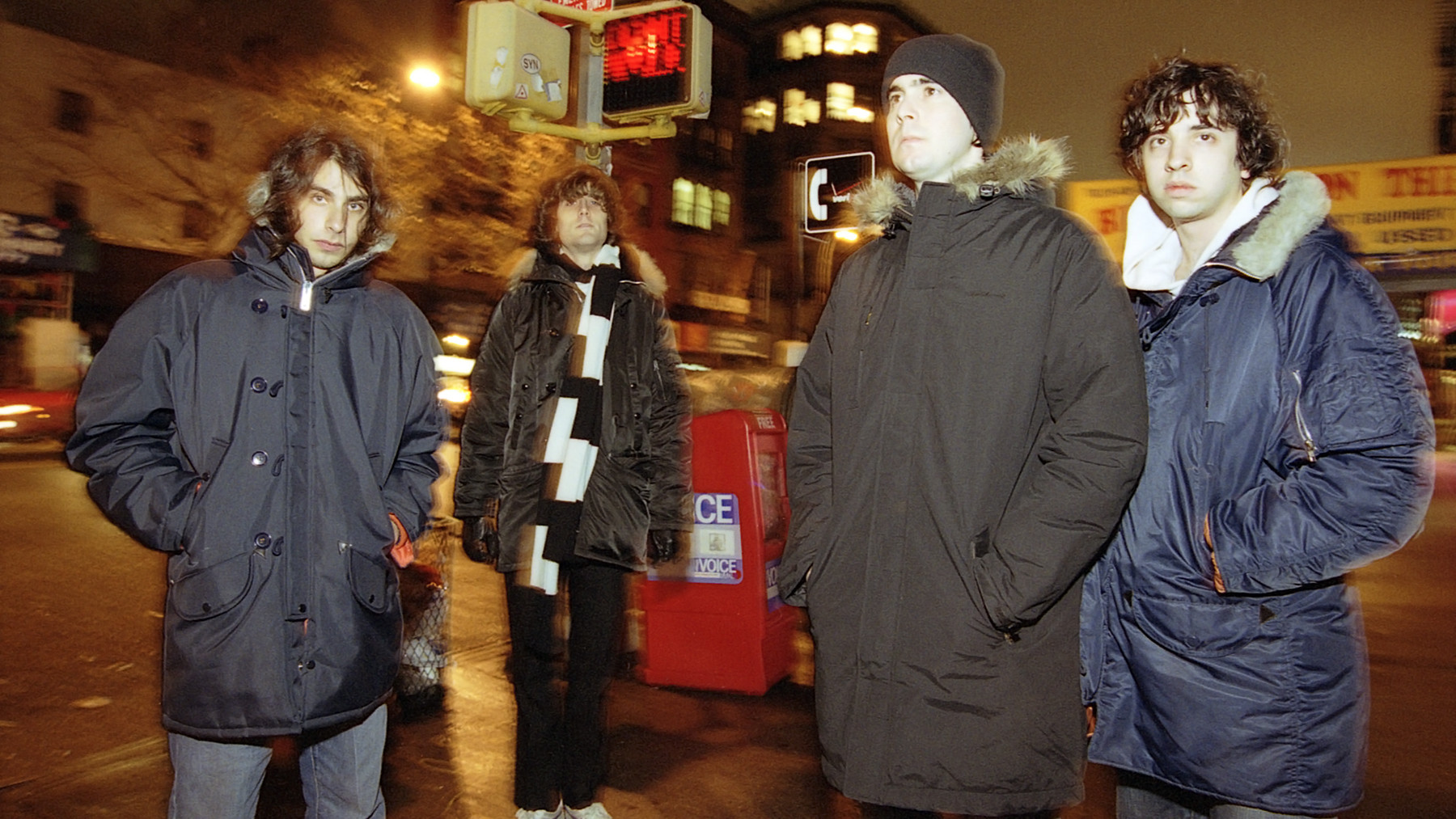 The Rapture – UNITED STATES – DECEMBER 14: Photo of RAPTURE; The Rapture on The Bowery New York City, December 14 2002 (Photo by David Corio/Redferns)
The Rapture – UNITED STATES – DECEMBER 14: Photo of RAPTURE; The Rapture on The Bowery New York City, December 14 2002 (Photo by David Corio/Redferns)
21. What is Special About TNGHT’s “Higher Ground”?
“Higher Ground” by TNGHT (Hudson Mohawke and Lunice) is a jeweled-elephantine stomp that catapulted both performers to the center of the EDM scene. Its cavernous sound and detailed production made it a standout track, eventually leading to Kanye West enlisting TNGHT to produce “Blood on the Leaves.”
22. What Black Roots Does Roni Size and Reprazent “Brown Paper Bag” Drum and Bass Retain?
“Brown Paper Bag” by Roni Size and Reprazent is a drum-and-bass track that fuses frenetic beats with warm, organic jazz-funk influences. It’s a testament to the group’s ability to make drum-and-bass that feels exploratory and expansive while still maintaining its Black roots.
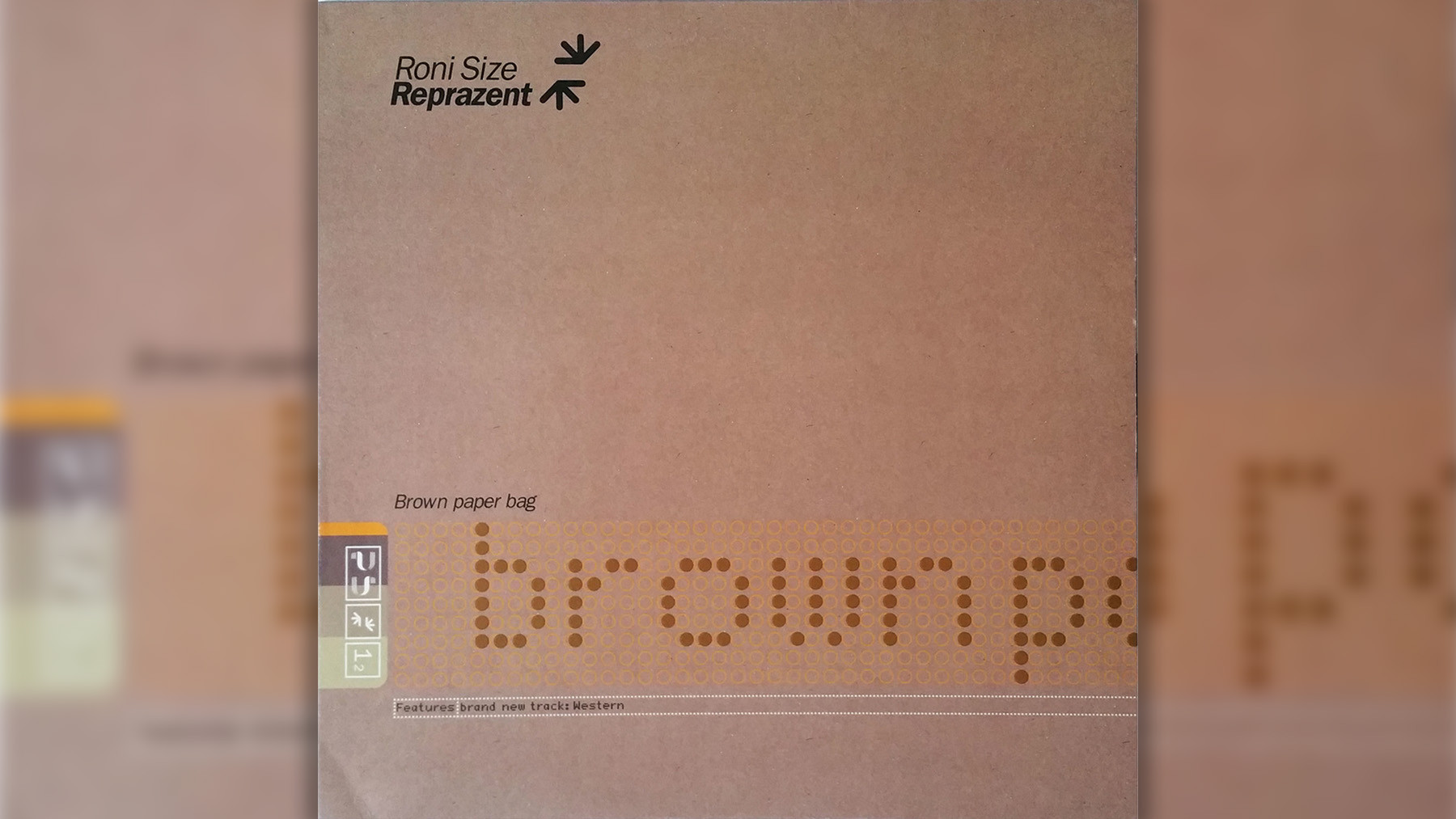 Roni Size Reprazent Brown Paper Bag
Roni Size Reprazent Brown Paper Bag
23. How Did Soul II Soul’s “Back to Life (However Do You Want Me)” Top the Charts?
“Back to Life (However Do You Want Me)” by Soul II Soul, fronted by Jazzie B, was initially intended solely for the group’s sound system parties. However, its supple grooves and soulful vocals resonated with a wider audience, hitting Number One on the Billboard R&B chart and going Top Five on the Hot 100.
24. What Makes Felix da Housecat’s “Silver Screen Shower Scene” an Electroclash Anthem?
“Silver Screen Shower Scene” by Felix da Housecat is an instant anthem of the electroclash era. Its celebrity-tweaking lyrics and music capture the spirit of celebrity and artifice, launching Felix da Housecat’s career globally.
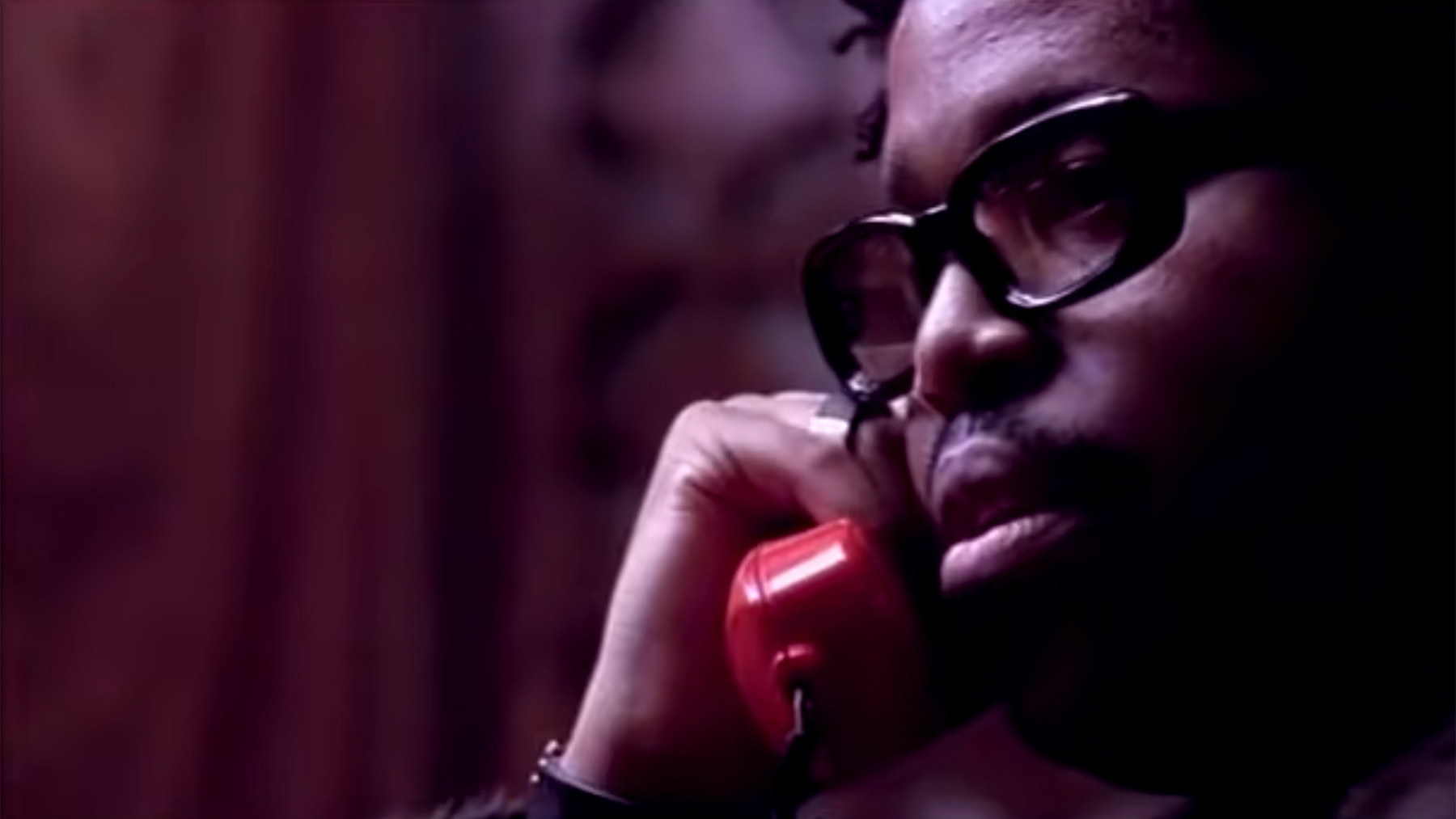 Felix Da Housecat
Felix Da Housecat
25. How Did Superpitcher Remix Dntel’s “(This Is) The Dream of Evan and Chan”?
Superpitcher’s remix of Dntel’s “(This Is) The Dream of Evan and Chan” featuring Ben Gibbard of Death Cab for Cutie, creates a dream state through foggy, fuzzy synth overlays and ricocheting bells, enhancing the lyrical content about an absurd dream.
26. How is Sylvester Included in Patrick Cowley’s “Do Ya Wanna Funk?”
“Do Ya Wanna Funk?” by Patrick Cowley featuring Sylvester, is a landmark of Hi-NRG, a synthed-up gay-club staple. It features pealing synth riffs and Sylvester’s falsetto at its most stratospheric.
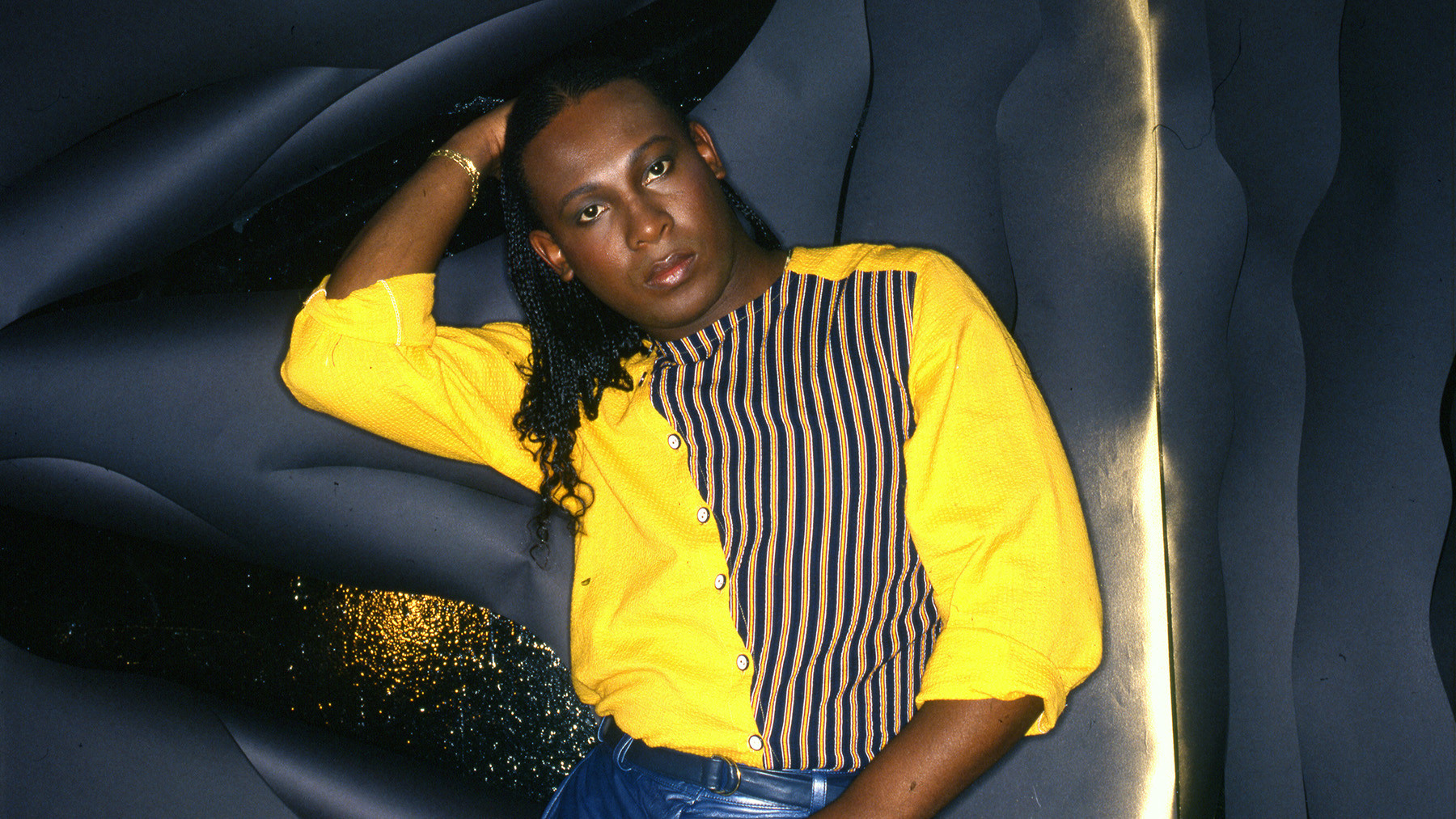 Portrait of Sylvester James (1947 – 1988), American disco singer better known as Sylvester, circa 1980. (Photo by Anthony Barboza/Getty Images)
Portrait of Sylvester James (1947 – 1988), American disco singer better known as Sylvester, circa 1980. (Photo by Anthony Barboza/Getty Images)
27. What Makes Funkadelic’s “One Nation Under a Groove” Special?
“One Nation Under a Groove” by Funkadelic is the greatest funk track ever led by a banjo, with an instantly appealing undertow that topped the R&B singles chart for six weeks in 1978.
![]() Funkadelic
Funkadelic
28. How Did Evelyn Thomas Define High Energy Music With the Song “High Energy?”
“High Energy” by Evelyn Thomas is the record that gave Hi-NRG its name. It’s brash, cheerful, and irresistibly cheesy, reaching the British Top Five and still smashing it, as the DJ-producer Black Madonna (now the Blessed Madonna) showed on her Bunker Podcast.
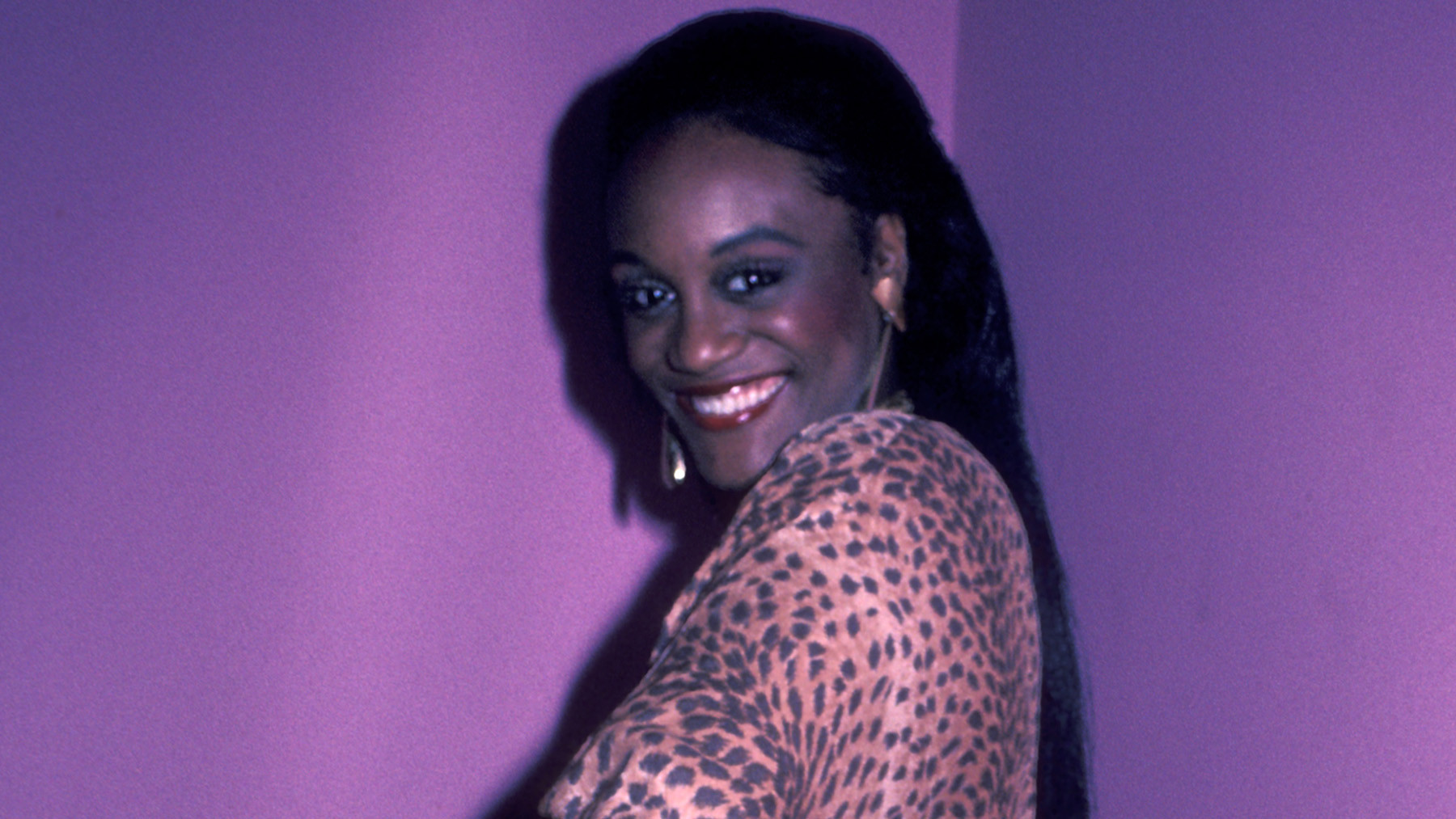 NEW YORK CITY – SEPTEMBER 30: Evelyn Thomas sighted on September 30, 1984 at the Limelight Disco in New York City. (Photo by Ron Galella/Ron Galella Collection via Getty Images)
NEW YORK CITY – SEPTEMBER 30: Evelyn Thomas sighted on September 30, 1984 at the Limelight Disco in New York City. (Photo by Ron Galella/Ron Galella Collection via Getty Images)
29. How Did Daft Punk Connect With Pharrell Williams and Nile Rodgers on “Get Lucky?”
Daft Punk’s “Get Lucky” featuring Pharrell Williams and Nile Rodgers, came to fruition after Williams told them he wanted to work together, resulting in this mega-hit with coconut-oil-smooth vocals.
30. How Did Mat Zo and Porter Robinson Create Their Track “Easy?”
“‘Easy’ in my mind is an homage to Daft Punk’s Discovery,” Porter Robinson said in 2013 of his surging collaboration with Mat Zo. “It takes the disco chords of all of the early French stuff and gives it a louder, more trance-inspired feel.”
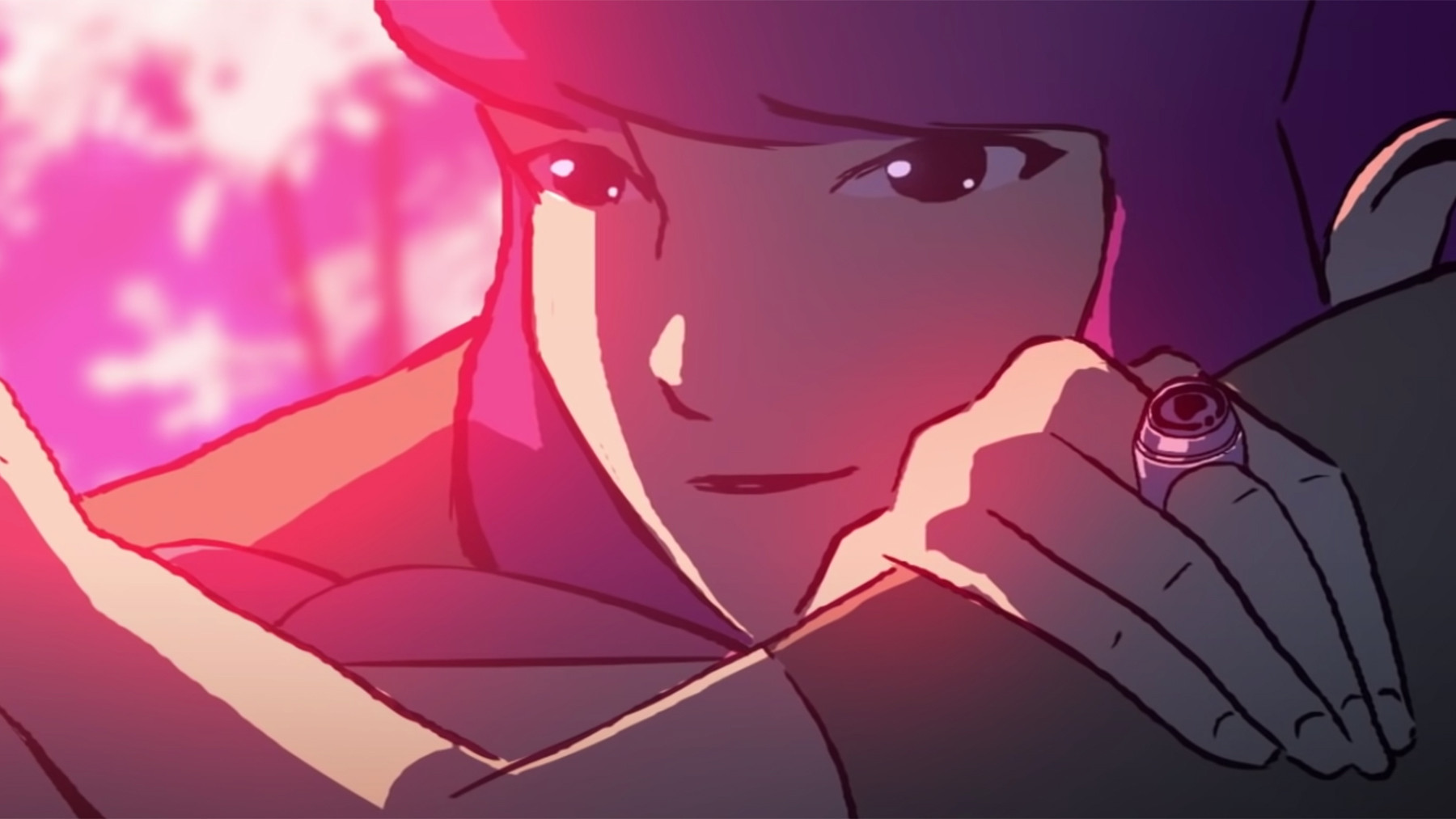 Porter Robinson – Matt Zo – Easy
Porter Robinson – Matt Zo – Easy
31. Justice vs. Simian, “We Are Your Friends”- Remix or Original?
Justice vs. Simian’s “We Are Your Friends” came about when Parisian musicians Gaspard Augé and Xavier de Rosnay entered a contest to remix the British rockers Simian’s “Never Be Alone”.
32. Who is Martin Garrix, and Why Is “Animals” So Popular?
“Animals” by Martin Garrix was issued when the Dutchman was only 18, and became an instant worldwide smash with a swarming synth vamp so catchy. “At first, people in the industry assumed I didn’t make my own shit,” Garrix later said.
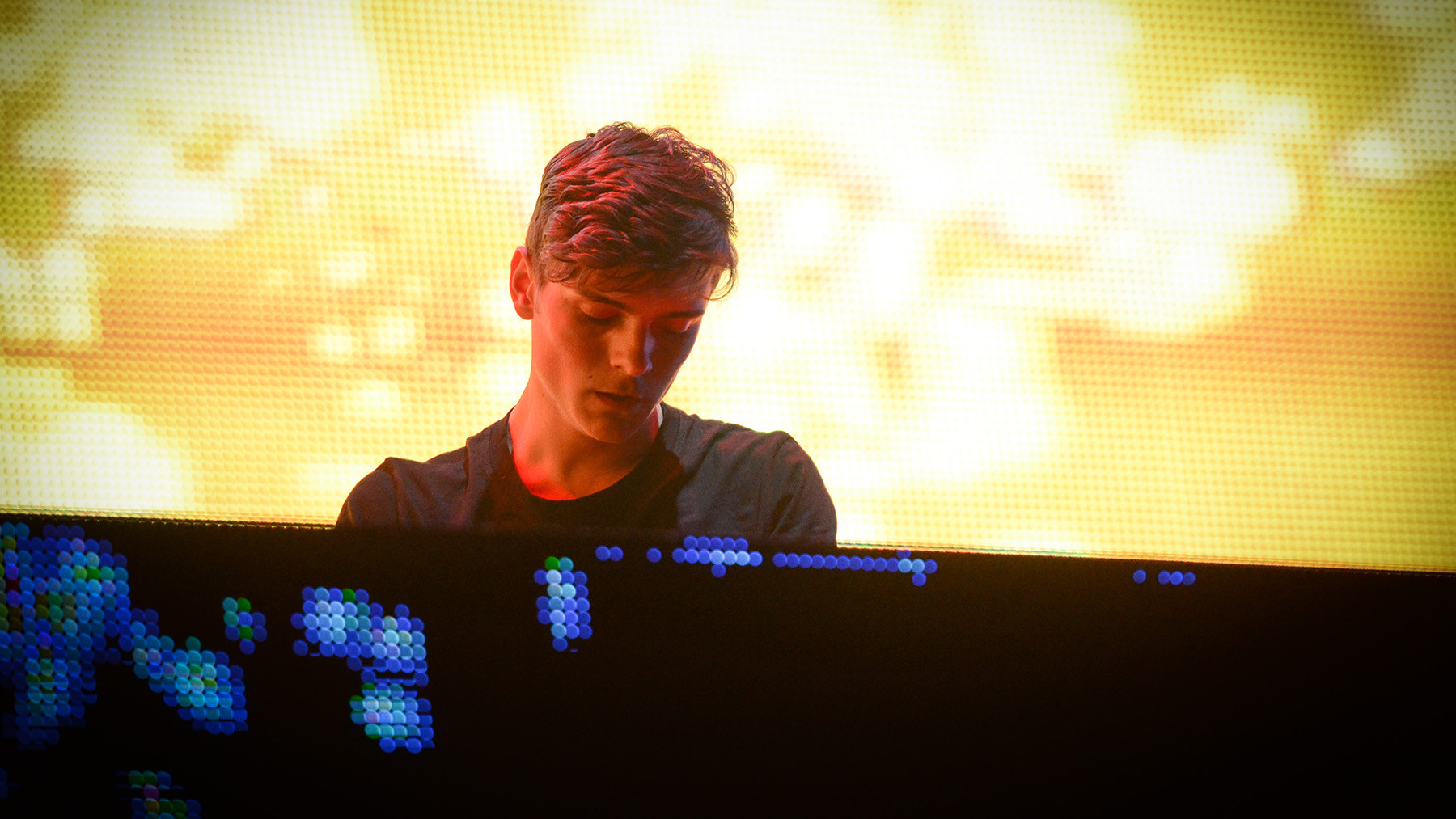 Martin Garrix performs on day one of the Coachella Music and Arts Festival on Friday, April 11, 2014, in Indio, Calif. (Photo by Scott Roth/Invision/AP)
Martin Garrix performs on day one of the Coachella Music and Arts Festival on Friday, April 11, 2014, in Indio, Calif. (Photo by Scott Roth/Invision/AP)
33. What Significance Does Debbie Deb’s “Lookout Weekend” Hold in Miami’s History?
“Lookout Weekend” by Debbie Deb bridges the gap between the local epochs of KC and the Sunshine Band and 2 Live Crew. It was freestyle at its frothy zenith and went triple platinum.
34. Is Baltimore Rapper Tate Kobang Really a Club Artist?
“Bank Rolls” by Tate Kobang’s remix is a fine modern tribute to Charm City. In his last verse, he even shouts out K-Swift, the legendary DJ who helped bring Baltimore club music into the mainstream before her untimely death in 2008.
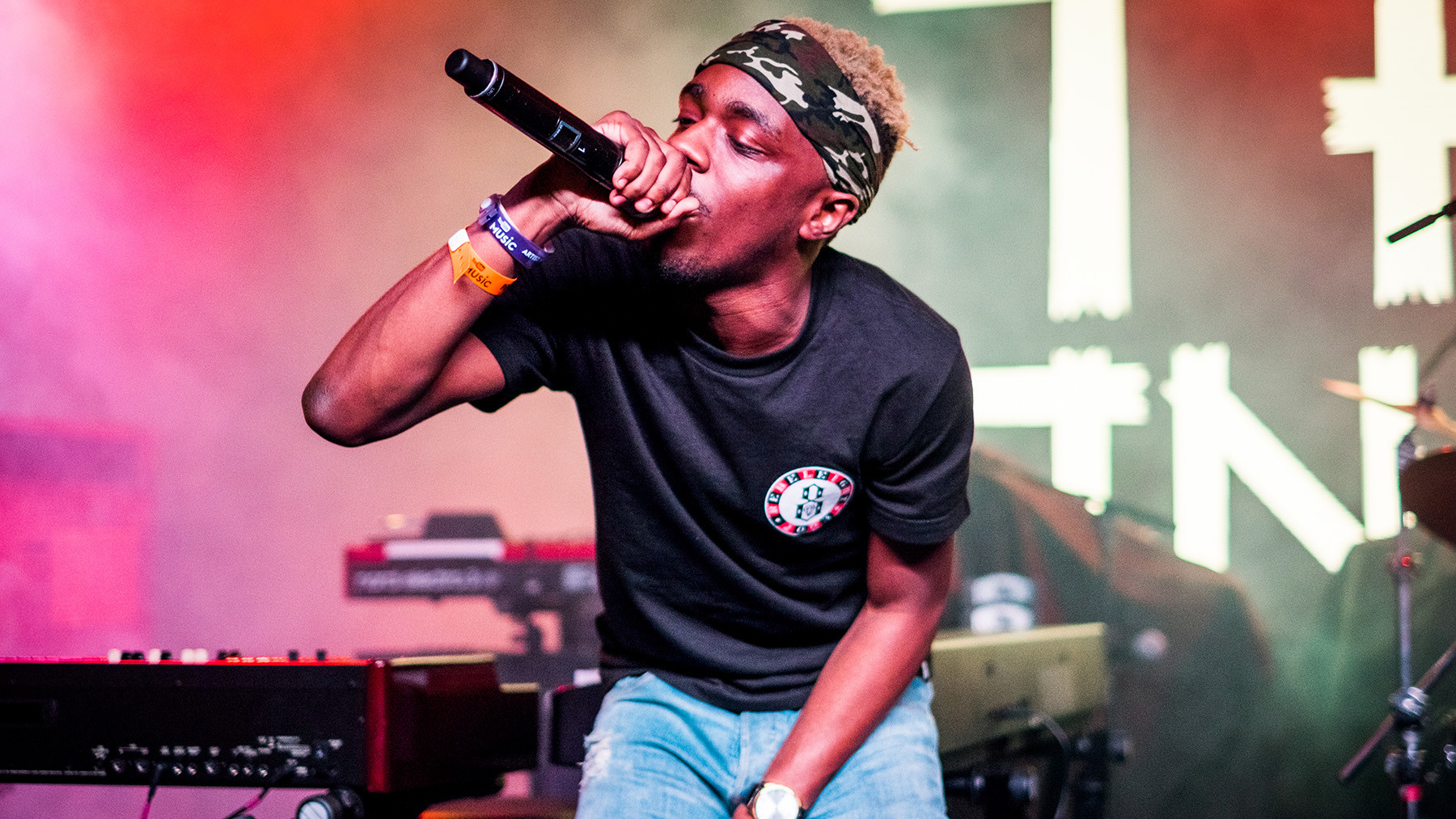 Tate Kobang – AUSTIN, TX – MARCH 17: Tate Kobang performs onstage at the Youtube Music Showcase on March 17, 2016 in Austin, Texas. (Photo by Thomas M Jackson/Redferns)
Tate Kobang – AUSTIN, TX – MARCH 17: Tate Kobang performs onstage at the Youtube Music Showcase on March 17, 2016 in Austin, Texas. (Photo by Thomas M Jackson/Redferns)
35. What’s Up with Soft Cell and the Supremes?
“Tainted Love/Where Did Our Love Go?” by Soft Cell combined Northern soul, Sixties music, and the 12-inch record into one almighty slab. They slid the song into another classic from the same era by the Supremes.
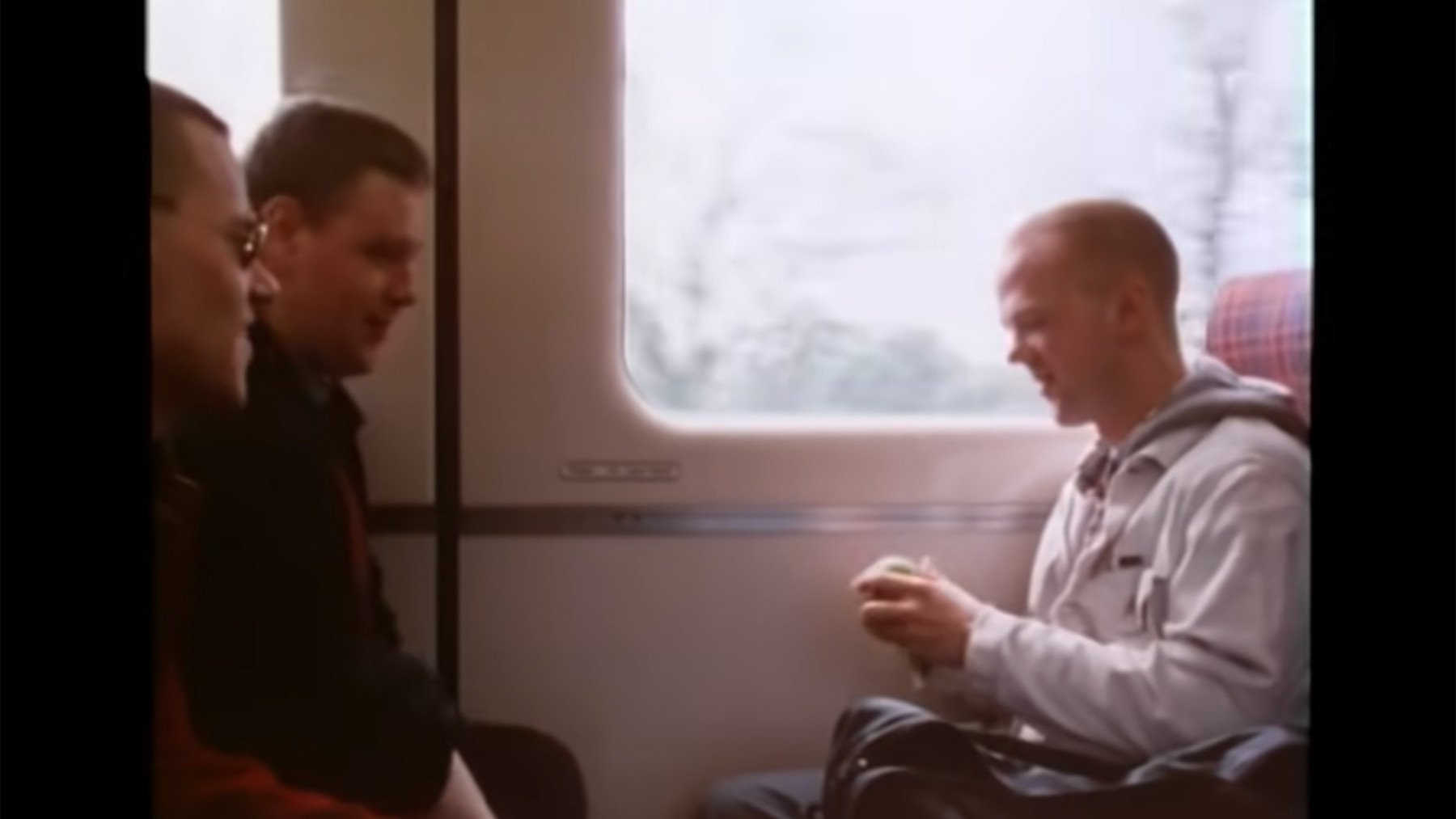 Soft Cell
Soft Cell
36. How Did The Orb Create The Cuddliest Acid House Record?
“Little Fluffy Clouds,” by The Orb is made from an interview with Rickie Lee Jones combined with Steve Reich’s Electric Counterpoint. Reich “was very happy when he heard it,” Paterson said. “Suddenly, it was being played to the masses, and they were loving it.”
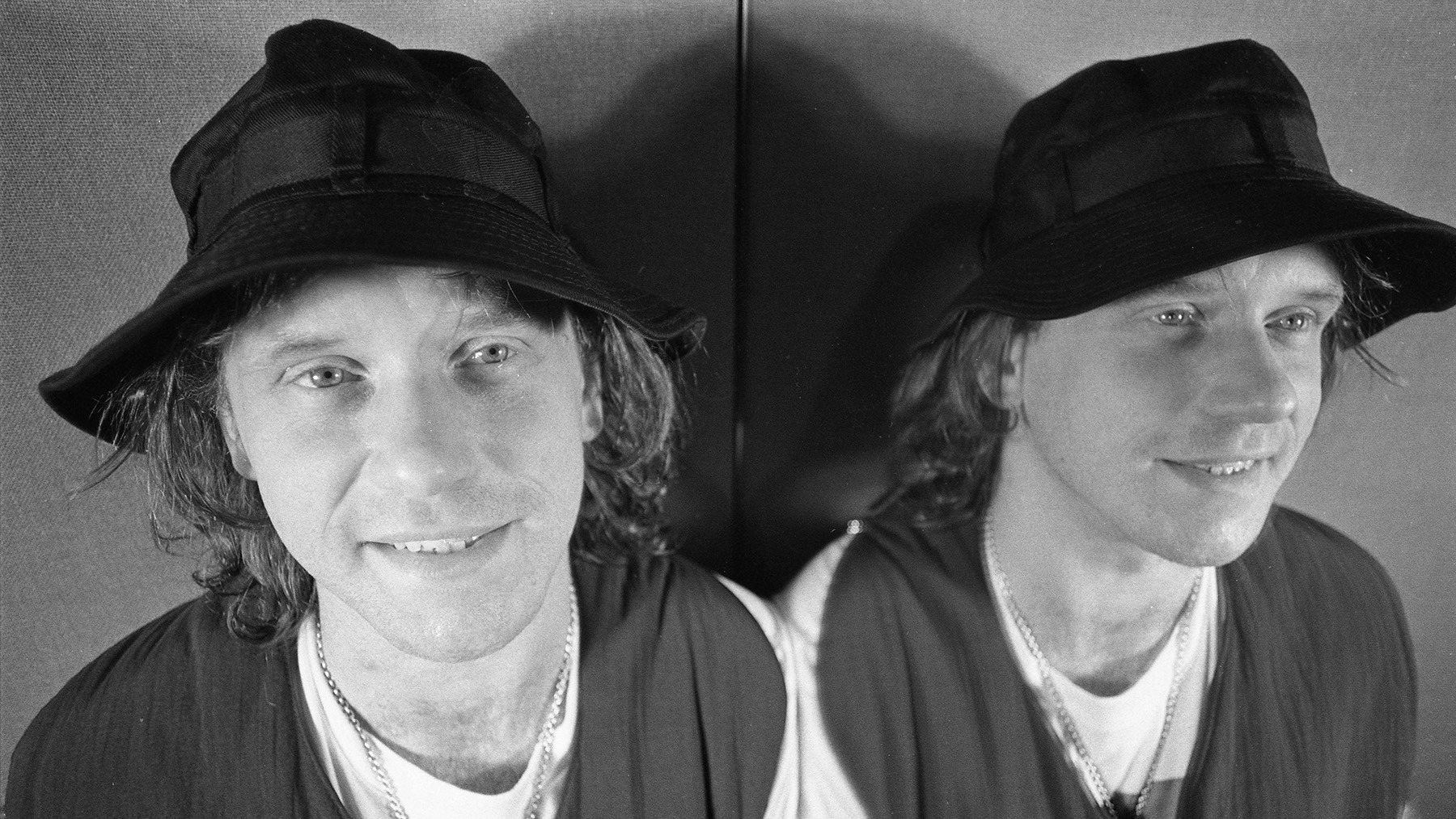 The Orb – Alex Paterson of The Orb, portrait, London, United Kingdom, 1991. (Photo by Martyn Goodacre/Getty Images)
The Orb – Alex Paterson of The Orb, portrait, London, United Kingdom, 1991. (Photo by Martyn Goodacre/Getty Images)
37. Why is Aphex Twin Also Known as Polygon Window?
“Quoth” by Polygon Window is a percussion symphony released under the moniker Polygon Window, and a real barn burner — particularly for American Midwesterners of the period, who got down to this one in actual barns.
38. Did Skream Get Record of the Month?
Shortly after London dubstep producer-DJ Skream released his playfully brooding 12-inch “Midnight Request Line,” he recalled, “I was on a boys’ holiday with my friends. They had a DJ Magazine or a Mixmag rack up on a shelf … I looked at it, and I had Record of the Month. I was like, ‘Shit, I need to get home.’”
 Skream. Fabric Nightclub, Farringdon, London. (Photo by: PYMCA/Universal Images Group via Getty Images)
Skream. Fabric Nightclub, Farringdon, London. (Photo by: PYMCA/Universal Images Group via Getty Images)
39. What is Ghetto House Music?
“Ghetto house” was house music’s analog to gangsta rap — the self-described style of a cadre of Nineties Chicago producers (notably, those on the Dance Mania label) who fashioned a rough-and-ready, sample-based, thoroughly street-oriented style.
40. Is Ten City’s “That’s the Way Love Is” a Liberation Anthem?
“That’s the Way Love Is,” Ten City’s third single, crystallized their style — Philly-soul strings over lush love songs, topped by Byron Stingily’s stratospheric falsetto. Moreover, “people in South Africa have told us stories of how that song represents liberation for them.”
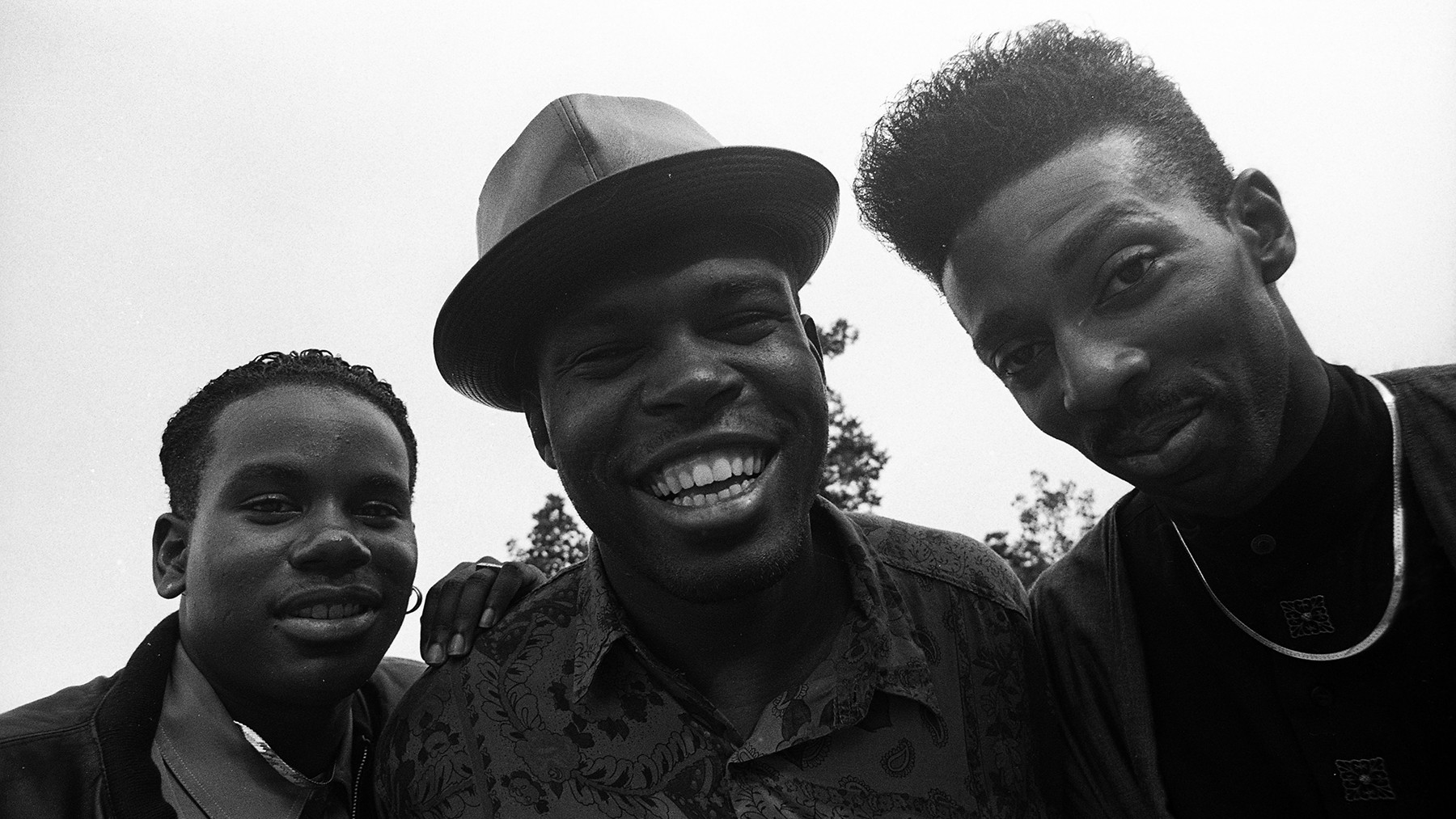 Ten City, group portrait, London, United Kingdom, 1990. Line up includes: Byron Stingily, Herb Lawson and Byron Burke (Photo by Martyn Goodacre/Getty Images)
Ten City, group portrait, London, United Kingdom, 1990. Line up includes: Byron Stingily, Herb Lawson and Byron Burke (Photo by Martyn Goodacre/Getty Images)
41. What Makes Nitzer Ebb a Techno Crossover Band?
Nitzer Ebb’s “Join in the Chant” was a perfect techno crossover — particularly in Detroit, where techno artists like Carl Craig and Jeff Mills had once made industrial music.
42. What Abuse and Heartache Did Bronski Beat Pour Into “Smalltown Boy?”
“Smalltown Boy” by Bronski Beat’s Jimi Somerville poured angst into a searing portrait of alienation and escape that, with its keening vocal hook (“Run away, run away, run away”) and supple synth bed, immediately became a gay club anthem.
43. What is the Bleep Sound of Sheffield, England?
LFO were the kings of Sheffield, England’s so-called “bleep” scene — Warp Records’ original signature sound. The track that got LFO signed was their self-titled number, on which icy synth chords and squiggly bleeps set the table for the layers of low end.
44. Drake Made a Dance Album?
As its title suggests, Drake’s foray into dance music — Honestly, Nevermind — feels minor by design, casually pulling Jersey and Baltimore club music and various deep-house strains. The undisputed peak is “Sticky”.
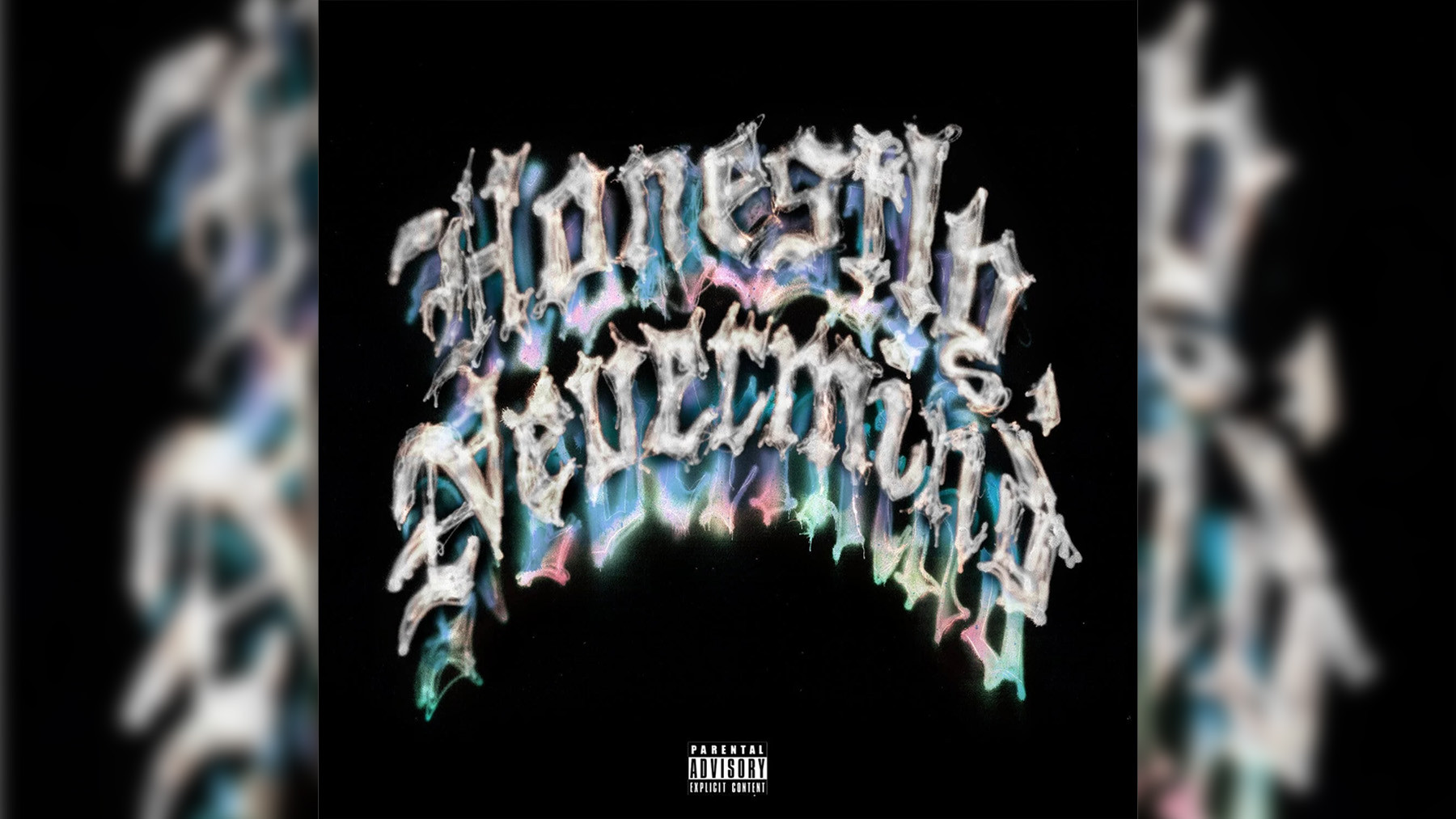 Drake Sticky
Drake Sticky
45. How Did the Club Zanzibar Inspire Roland Clark?
“I Get Deep (Shelter Mix)” by Roland Clark’s love of house music started when I went to Club Zanzibar in lieu of my prom. Clark delivers a monologue that captures a rapturous dance-floor moment — “All the sweat just goes down my face/And I pretend that there’s nobody there but me in this place.”
46. Why Does Aly-Us Want You To Follow Them?
“Follow Me” by Aly-Us early house music was often deeply pitchy — and that handmade quality was a big part of its charm. That’s particularly true of this uplifting anthem, a gospel song in form and feel (“We must stop fighting/To achieve the peace”)
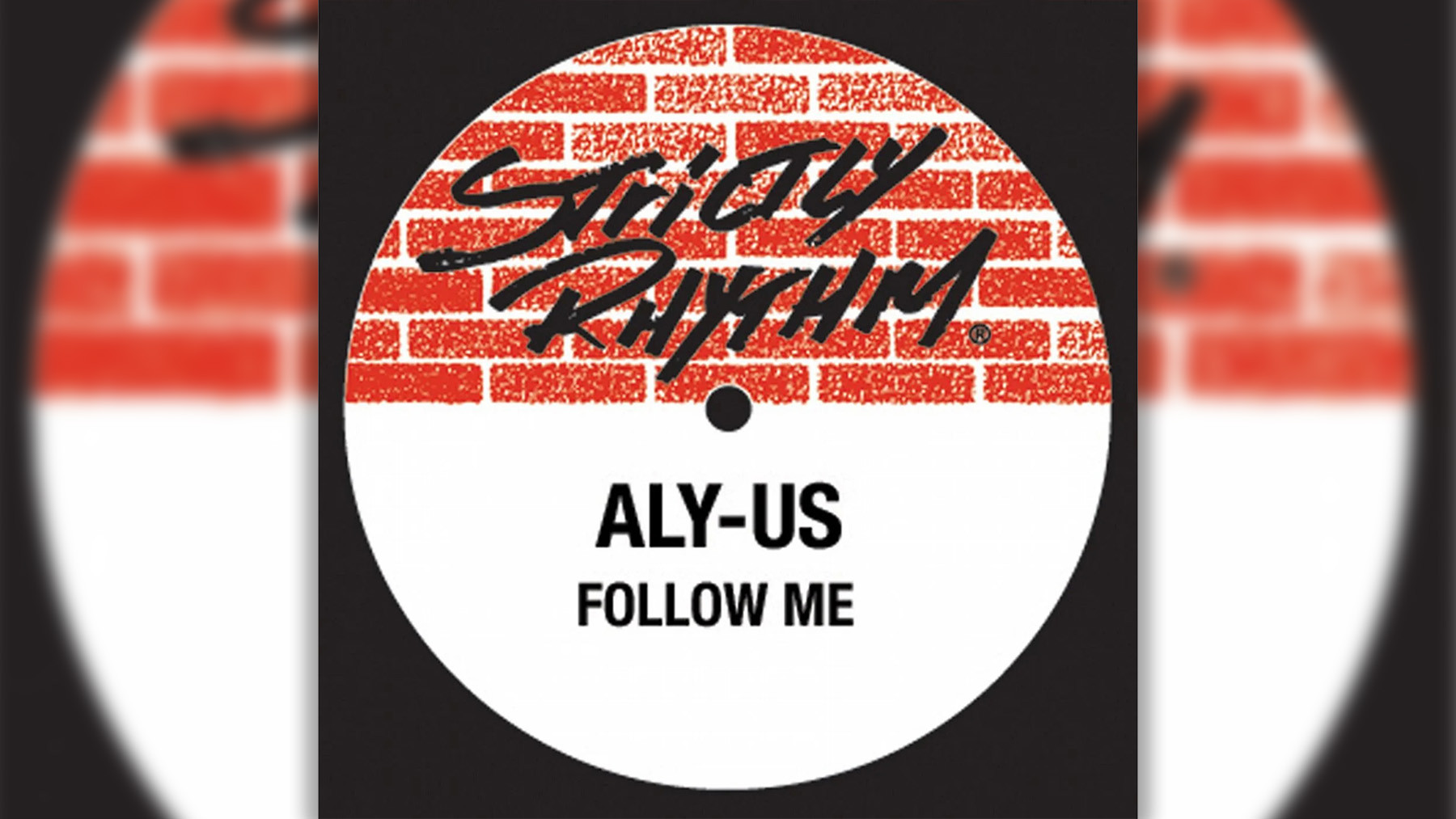 Aly-Us Follow Me
Aly-Us Follow Me
47. Were “Rock Your Boat” and “Rock Your Baby” Disco Songs?
In the summer of 1974, two songs reached Number One on the Billboard Hot 100 that had first broken in clubs. One was Hues Corporation’s “Rock the Boat,” the other was George McCrae’s “Rock Your Baby”. They were the first disco hits.
48. How Is El General the Pioneer of Reggaeton?
“Perezosa” by El General is an undeniable example of his impressive range. His album Club 555, was packed with high-voltage electronic sounds that bottled up the spirit of the most kinetic parties across Latin America.
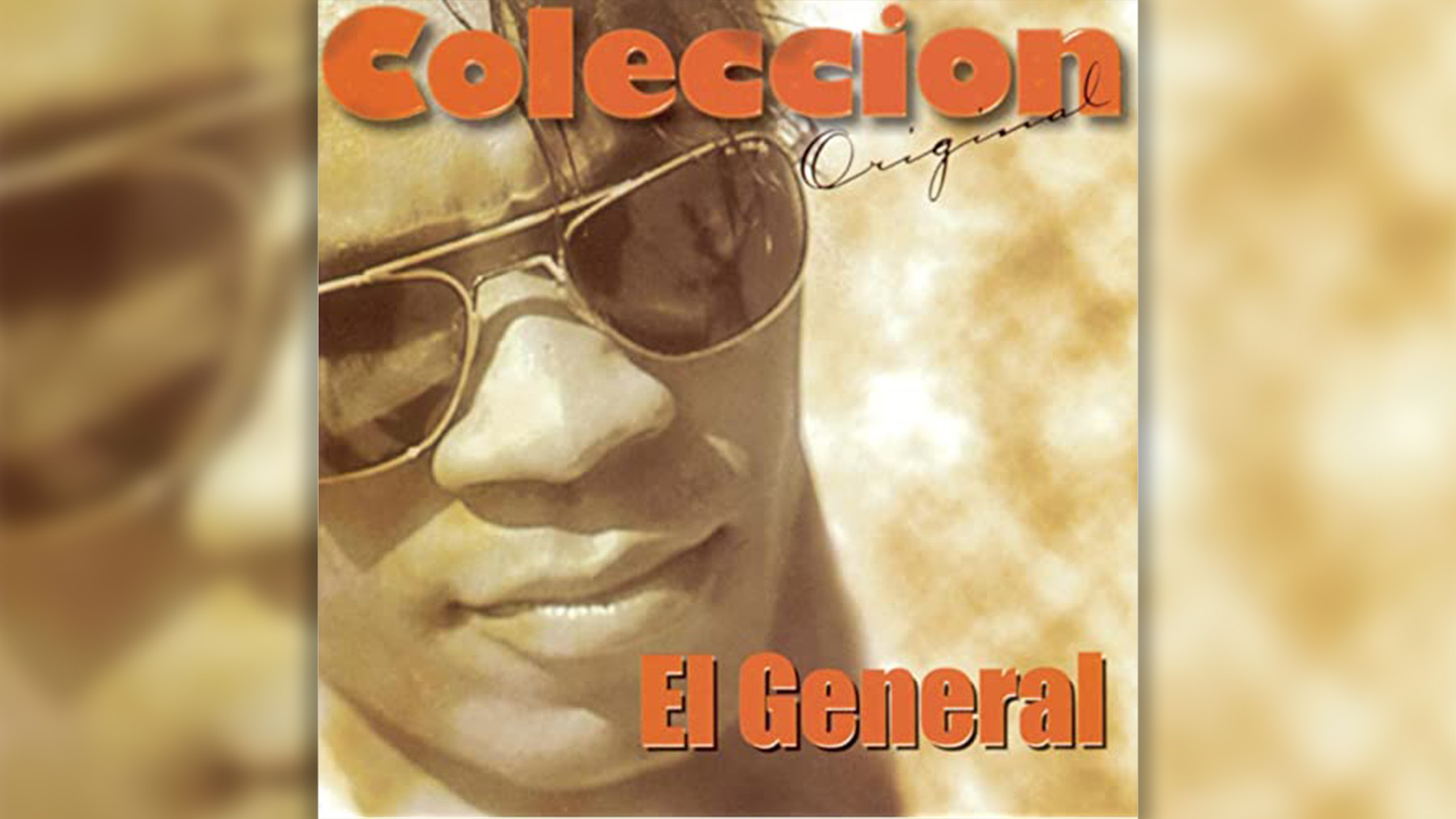 El General
El General
49. Is the Song “Maximum Style” by Tom and Jerry Playful?
The easy-gliding stepper, with an enchantingly needling guitar and occasional cartoon effects, kept things playful but packed a deadly serious groove. —M.M.
50. Who is James Murphy’s LCD Soundsystem?
The debut single by James Murphy’s LCD Soundsystem is both a killer groove and a brilliant stand-up comedy routine, a hot blast of wry irony that also helped ignite the New York dance-punk scene of the early 2000s.
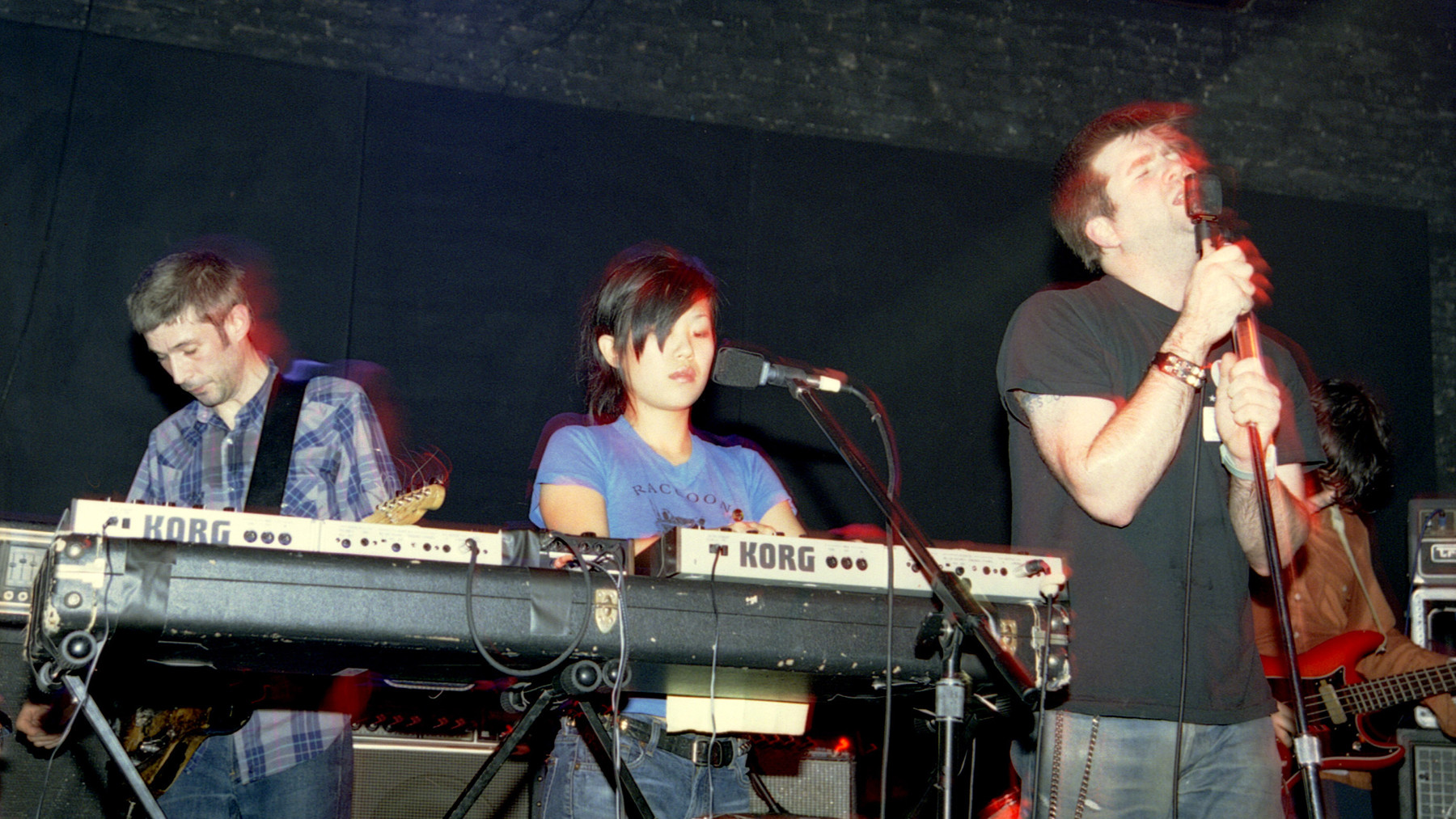 LCD Sound System – UNITED STATES – DECEMBER 14: BOWERY BALLROOM Photo of LCD SOUNDSYSTEM, LCD Soundsystem performing at Bowery Ballroom NYC on December 14 2002 (Photo by David Corio/Redferns)
LCD Sound System – UNITED STATES – DECEMBER 14: BOWERY BALLROOM Photo of LCD SOUNDSYSTEM, LCD Soundsystem performing at Bowery Ballroom NYC on December 14 2002 (Photo by David Corio/Redferns)
51. Who is Latin Pop Architect Pablo Flores?
“Ojos Asi (Thunder Mix)” by Shakira’s producer Pablo Flores is considered a secret architect of Latin pop. His extended remix took these ideas even further with masterful production that appealed to dance floors across the world.
52. Was Squarepusher’s Goal to Make Undanceable Music?
“My Red Hot Car” Squarepusher’s cut-up vocals and glitch-heavy production aren’t mere abstraction — the flickering trickery alternates with cunning negative space, all delineating a crowd-moving groove featuring Jenkinson’s friskiest bass line: catnip to adventurous DJs.
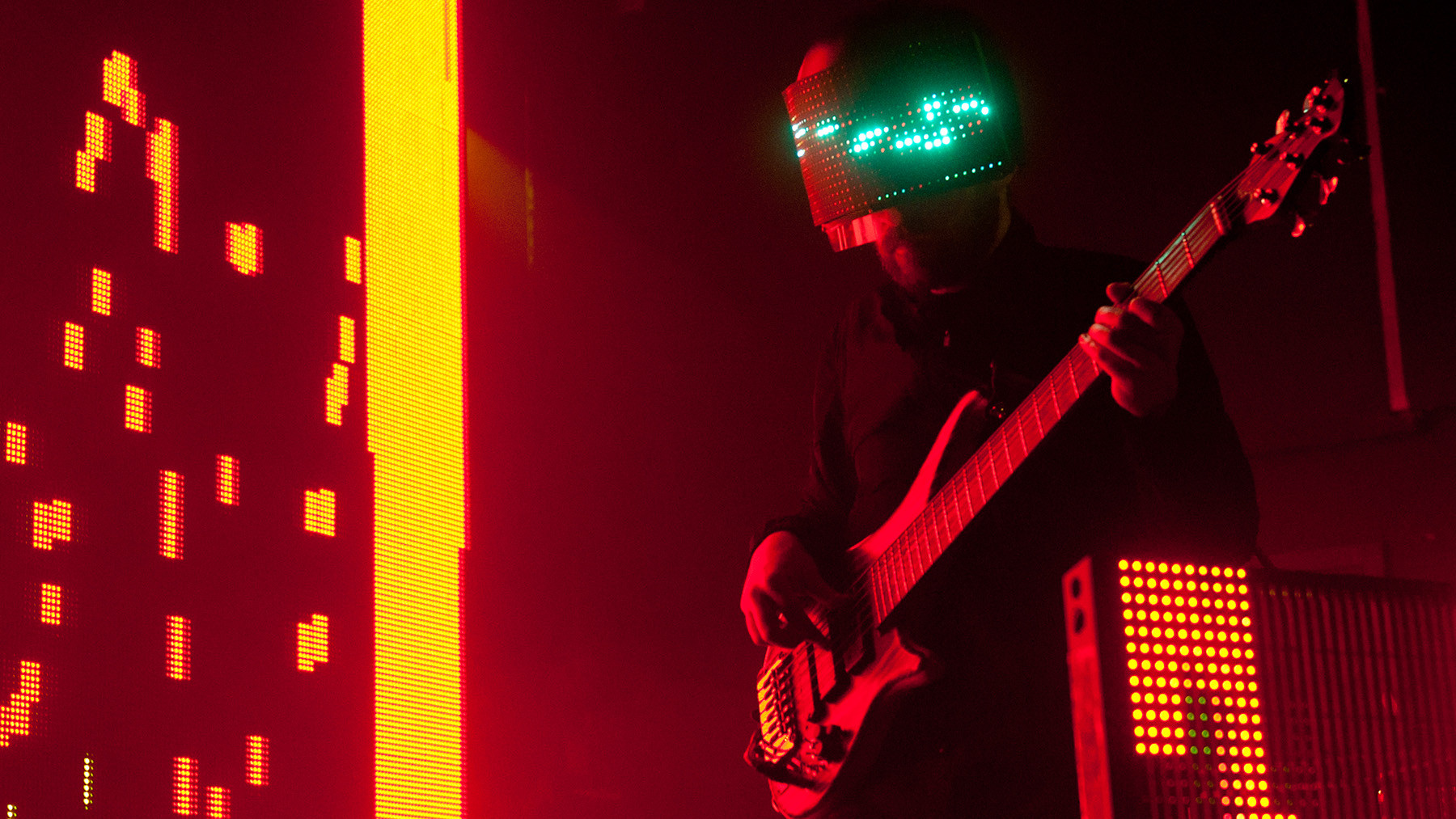 Squarepusher – NOTTINGHAM, UNITED KINGDOM – MARCH 29: (EXCLUSIVE ACCESS) Squarepusher performs a one off show on stage at Rescue Rooms on March 29, 2013 in Nottingham, England. (Photo by Ollie Millington/Redferns via Getty Images)
Squarepusher – NOTTINGHAM, UNITED KINGDOM – MARCH 29: (EXCLUSIVE ACCESS) Squarepusher performs a one off show on stage at Rescue Rooms on March 29, 2013 in Nottingham, England. (Photo by Ollie Millington/Redferns via Getty Images)
53. Did “Sing It Back” by Moloko Bomb On Release?
“Sing It Back (Boris Musical Mix)” by Moloko’s 1998 single was moody, downtempo, and overscaled. It bombed. Then, the Belgian house producer Boris Dlugosch sent them his version which reached the British Top Five and served as a launching pad for Murphy’s adventurous, and frequently danceable, solo work.
54. Is Human League Synth-Pop or Dance Club?
“Don’t You Want Me” by The Human League was the group’s first Number One in the U.K. and U.S., as well as a Top Three hit on the Billboard Dance Club chart, making it a key moment in the merger of U.K. synth-pop, club music, and the Top 40.
 The Human League Don
The Human League Don
55. Unveiling the Voices Behind Your Favorite Dance Tracks: FAQ
Here are some frequently asked questions about the artists and songs that define dance music:
- Who are some iconic female vocalists in dance music? Donna Summer, Martha Wash, and Crystal Waters are just a few of the many influential female vocalists who have shaped the sound of dance music.
- What are some of the best house music anthems with memorable vocals? “That’s the Way Love Is” by Ten City and “Follow Me” by Aly-Us are two examples of house anthems with uplifting and unforgettable vocal performances.
- Who are some of the key producers who have shaped the sound of dance music? Marshall Jefferson, Todd Terje, and Patrick Cowley are just a few of the many innovative producers who have pushed the boundaries of dance music.
- How can I find new dance music with great vocals? Explore different subgenres, listen to DJ mixes, and check out online music platforms like ten-dance.com to discover emerging artists and vocalists.
- Are there any resources where I can learn more about the history of dance music? Books, documentaries, and online archives like ten-dance.com can provide valuable insights into the evolution of dance music and its cultural impact.
- What is the difference between a vocalist and a singer in dance music? In dance music, the term “vocalist” often encompasses a broader range of vocal styles, including spoken word, rap, and chanted vocals, in addition to traditional singing.
- How do producers find and collaborate with vocalists? Producers may discover vocalists through online platforms, networking events, or by working with established artists in the industry. Collaboration can involve writing original songs or remixing existing tracks.
- What role does technology play in shaping vocal styles in dance music? Auto-tune, vocoders, and other audio effects can be used to manipulate and enhance vocals, creating unique and futuristic sounds that are characteristic of certain dance music genres.
- What are some examples of dance songs that use vocal samples in creative ways? “The Rockafeller Skank” by Fatboy Slim and “RIP Groove” by Double 99 are examples of tracks that creatively incorporate vocal samples to create catchy and memorable hooks.
- How has the role of the vocalist changed over time in dance music? In early dance music, vocalists were often featured prominently in song structures. As the genre evolved, instrumental tracks became more common, but vocalists continue to play a vital role in creating emotionally resonant and impactful dance music.
Unleash Your Inner Dancer with ten-dance.com!
Ready to explore the captivating world of dance music and discover the voices behind your favorite tracks? Visit ten-dance.com today! We offer a wealth of resources to ignite your passion for dance:
- Online dance lessons: Learn various dance styles from beginner to advanced levels, guided by experienced instructors.
- Local dance class directory: Find reputable dance studios and classes near you in the USA, with a focus on major cities like New York. Address: 60 Lincoln Center Plaza, New York, NY 10023, United States. Phone: +1 (212) 769-7000.
- Tips and techniques: Improve your dance skills with expert advice on technique, style, and injury prevention.
- Dance event calendar: Stay up-to-date on the latest dance competitions, workshops, and performances in the US.
- Community forum: Connect with fellow dance enthusiasts, share your experiences, and get inspired!
Don’t just listen to the music – move to it! Join the ten-dance.com community and start your dance journey today.
Citation
American Ballet Theatre: https://www.abt.org/
The Juilliard School: https://www.juilliard.edu/

